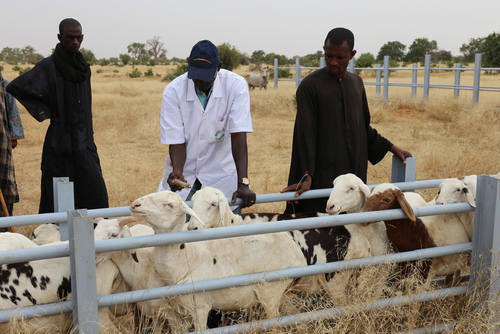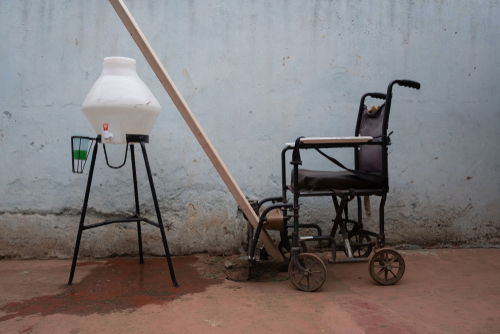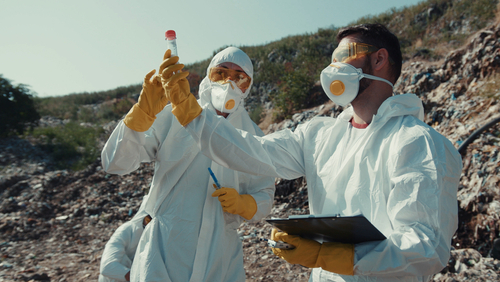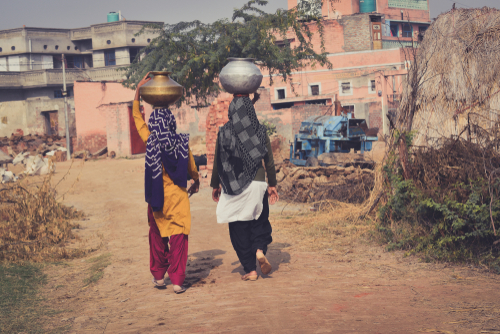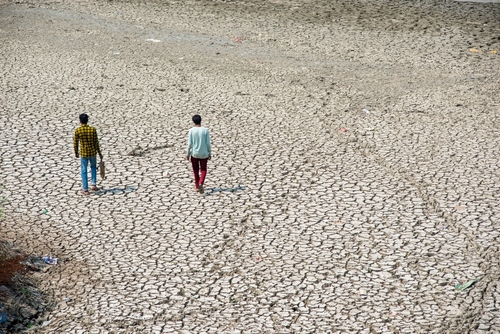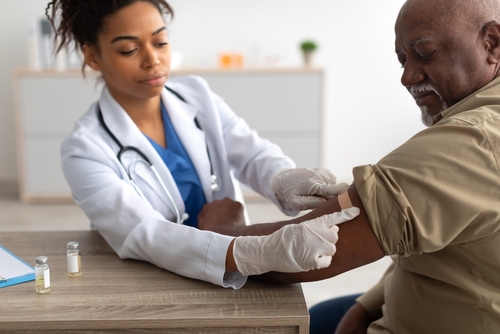November 07, 2022
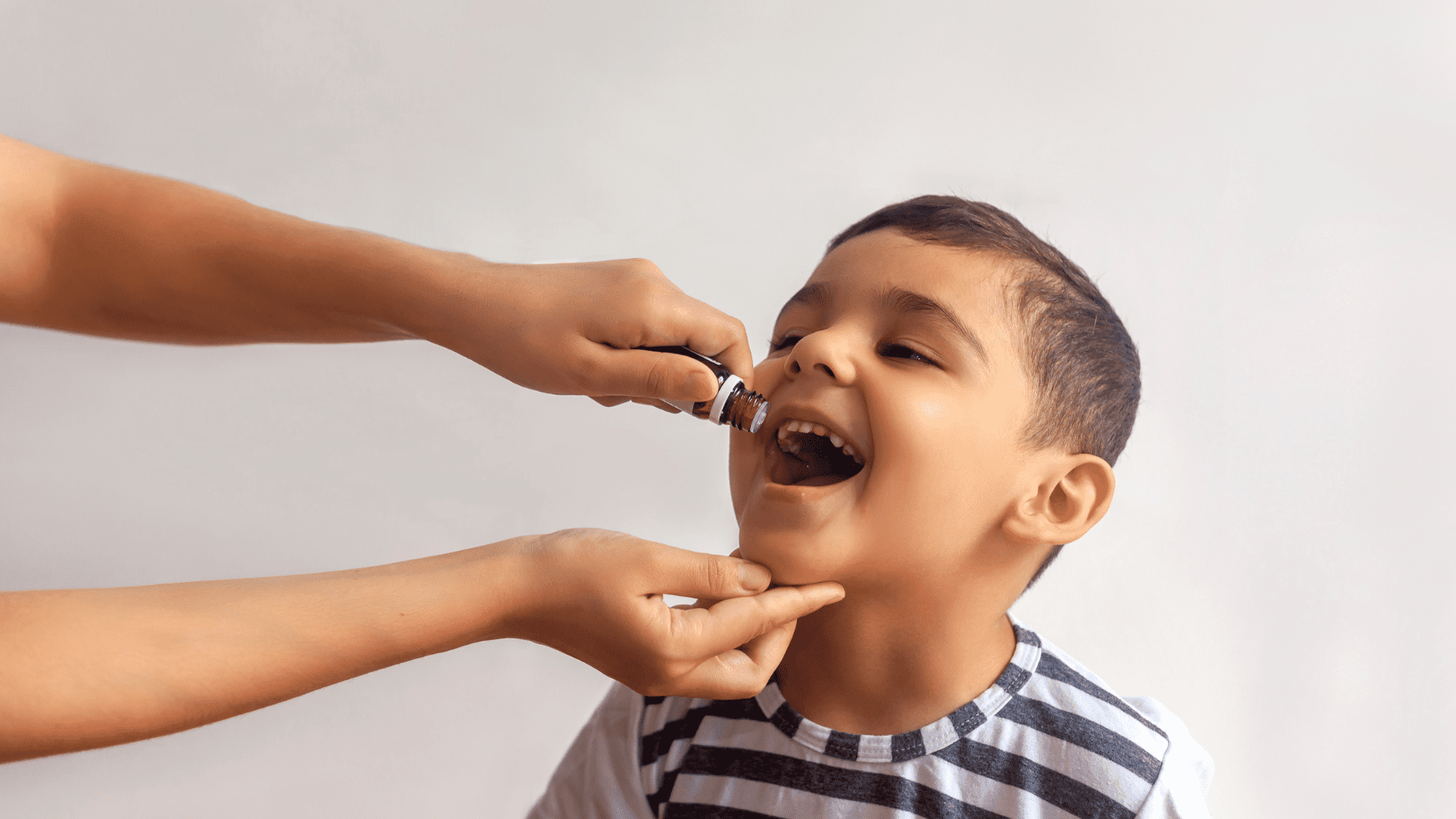
The COVID-19 pandemic decreased child routine vaccination coverage and increased vaccine delays in India.
OHT researchers used household data from India’s National Family Health Survey 2019-2021, a large-scale nationally representative child health survey conducted between June 2019 and April 2021 to estimate the effects of the pandemic on childhood vaccination in India. Children born in India after COVID-19 emergence had a 2 to 10 percent lower probability of immunization and a 3 to 5 percent lower probability of timely vaccination than their siblings born before the pandemic. Among population subgroups, COVID-affected male children and those from rural areas experienced the highest reduction in vaccine coverage. Even in the relatively late stages of the pandemic — until April 2021 —routine childhood immunization rates had not recovered to pre-pandemic levels in India, and the effects are potentially severe for dropout vaccination, that is, older children not finishing their full vaccination schedules. [The Lancet Regional Health – Southeast Asia]
Vaccination is acknowledged but not fully implemented, in many nations’ AMR action plans.
Vaccines are emphasized as an important preventative measure in the fight against AMR in the WHO Global Action Plan on AMR (GAP-AMR). Researchers analyzed 77 out of 90 national AMR action plans developed by WHO Member States to assess whether they align with the objectives of the GAP-AMR. Vaccination was included in almost 90 percent of national action plans analyzed. Nearly half of the plans that included vaccination had specific indicators to promote vaccination, while the other half only mentioned vaccination as a tool to combat AMR. The findings point to a disparity in understanding the importance of vaccines in reducing AMR and executing vaccination strategies in national AMR action plans. [Globalization and Health]
Better AMR estimation methods and mitigation strategies are needed in Europe.
Researchers conducted the most comprehensive analysis of the AMR burden in the WHO European region to date, including data from 53 countries, 23 bacterial pathogens, and 88 pathogen–drug combinations in 2019. The study estimated over half a million deaths were associated with AMR in 2019. However, these predictive estimates carry high levels of uncertainty due to data sparsity and quality, necessitating better AMR surveillance and burden-tracking methods. [The Lancet Public Health]
Malaria and severe pneumonia co-infections underscore the importance of timely clinical diagnosis.
Malaria and pneumonia are the leading causes of death in children under five years of age. Researchers performed a meta-analysis of 11 studies to investigate the prevalence of co-infection with the two diseases in malaria-endemic areas, including Mozambique, Kenya, and Malawi. Overall, the pooled proportion of malaria among patients with severe pneumonia was nearly twenty percent. The case fatality rate was higher among co-infection cases compared to patients infected with malaria alone. Given the overlap in the clinical presentations of malaria and pneumonia, patients with one disease should be evaluated for the other to prevent missed diagnoses. [Scientific Reports]
Exploring the effects of the COVID-19 pandemic on malaria testing in rural Ghana.
Researchers assessed the impact of the COVID-19 pandemic on the implementation of the mass test, treat, and track (MTTT) of malaria in rural Ghana as a decline in MTTT uptake was observed over the past two years. MTTT tracks healthy, asymptomatic individuals who may carry a malarial parasite and treats those who test positive through door-to-door parasitological testing. Fear of contracting COVID-19 among health workers and an increase in cases of severe malaria were some ways the COVID-19 pandemic affected MTTT. Health measures taken during the pandemic, such as the distribution of face masks and soap to MTTT participants, encouraged community members to agree to malaria testing, highlighting the value of simple interventions in addressing challenges with essential services during health emergencies. [PLOS ONE]
Clinicians and Black patients share their perspectives on racial disparities in perinatal care.
Researchers conducted interviews between August and December 2020 with Black birthing individuals and healthcare providers in the Chicago metropolitan area in the United States. Most clinicians acknowledged racial disparities in medical care, including differences in access to insurance coverage. Patients confirmed this as a key barrier to seeking care, as well as scheduling difficulties and long wait times. Patients also emphasized the importance of providers listening to Black patients, especially in the context of pain or discomfort. Researchers noted that small sample size and their inclusion of only female-identifying patients are key limitations of the study. [BMC Pregnancy and Childbirth]
The WHO and collaborators published the One Health Joint Plan of Action 2022-2026.
The Food and Agriculture Organization (FAO), the United Nations Environment Programme (UNEP), the World Organisation for Animal Health (WOAH), and the World Health Organization (WHO) contributed to the development of the One Health Joint Plan of Action (OH JPA), which outlines the objectives and commitment of the four organizations to sustainably implement One Health strategies between 2022 and 2026 to prevent future pandemics and to promote health sustainably. Some action items highlighted by the OH JPA include reducing the risks from zoonotic disease emergence and spread, combatting AMR, and incorporating environmental concepts into One Health. [WHO]
Researchers describe the first case report of monkeypox in Latin America.
Scientists described a case report of human monkeypox in Mexico City, Mexico, in May 2022. The patient, a 50-year-old male receiving pre-exposure prophylaxis (PrEP), returned from Amsterdam and developed various symptoms, including back pain, abdominal pain, and scattered lesions. He tested positive by polymerase chain reaction (PCR) upon arrival and was hospitalized for six days. As the first case of monkeypox in Latin America, this patient’s history and clinical presentation offered scientists and clinical providers an important insight into the outbreak to come. [Journal of Infection and Public Health]
World Health Organization releases the first fungal priority pathogen list.
Fungal infections represent a growing public health threat, affecting populations worldwide, with those who are immunocompromised being at the greatest risk. Challenges in diagnosing and treating fungal diseases are further compounded by the emergence of resistance to existing antifungals. As such, the fungal priority pathogen list (FPPL), recently launched by the WHO, represents an important step toward strengthening the global response to address fungal disease burden and antifungal resistance. [WHO]
Image from Canva.

